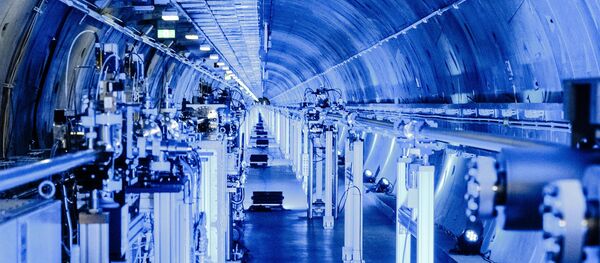On Thursday, SpaceX/Tesla head Elon Musk released video on Instagram showing the Hyperloop pusher pod accelerating to 355 km/h, and said that engineers may try to accelerate the pod to more than 500 km/h next month following a few tweaks.
The test, conducted on a 1.25 km long track at SpaceX's headquarters in Hawthorne, California, beat the previous speed record of 324 km/h, reached by Munich Technical University's Workgroup for Rocketry & Space Flight (WARR). WARR set its record just this week.
Not to be outdone, China Aerospace Science & Industry Corporation (CASIC), one of China's major space contractors, announced plans this week to create HyperFlight, a supersonic transport network projected to be able to reach speeds of up to 4,000 km/h –five times the speed of conventional passenger aircraft.
The HyperFlight program involves a three-stage plan, starting with regional inter-city 'flying trains' traveling at speeds up to 1,000 km p/h, followed by a national network between urban clusters, with speeds increasing to 2,000 km p/h, and finally, an international network, where the trains accelerate to speeds up to 4,000 km p/h.
According to project technical director Mao Kai, HyperFlight will accelerate and decelerate at G-force rates which the human body can easily withstand. "It's the same as taking a plane," he explained, speaking to Xinhua. "We may feel a little uncomfortable when the plane is speeding up, but not during the flight. How our body reacts depends on acceleration, not the speed itself."
CASIC's plans are by far the most ambitious among the companies engaged in super-high speed rail transport, including Hyperloop One and HTT.
Revealing their plans at the Third China (International) Commercial Aerospace Forum in Wuhan, China on Wednesday, CASIC drove home the seriousness of its approach by indicating that the company has teamed up with nearly two dozen Chinese and foreign partners, who already hold over 200 patents in related technologies.
HyperFlight's proposed advantages are similar to those of its competitors, and are said to include dramatically shortened travel times, lower fuel consumption compared to conventional travel, and easy access to urban transport networks. According to Mao, HyperFlight is the future of transport technology.





